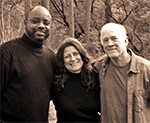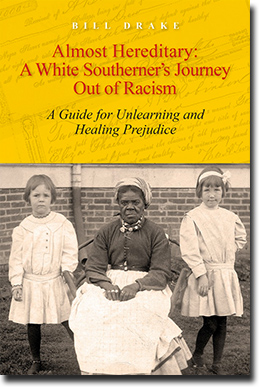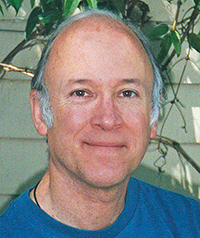ResourcesCreating Communities Beyond Bias
Offering workshops for students to develop tools to overcome their own prejudices and help others unlearn prejudice...Working in our community to create more unity and less prejudice...learn more at the CCBB page.
|
Almost Hereditary: |
About the AuthorAt least three generations of BILL DRAKE's ancestors owned slave plantations in Mississippi. His great-grandfather commanded the Tallahatchie Rifles, a Mississippi regiment, under Confederate Gen. Robert E. Lee during the Civil War. After the war, as a Mississippi state senator, he helped lay the foundation for the Jim Crow era, during which Southern blacks experienced systematic oppression for almost a century.
Drake grew up believing in the racial superiority of white people, and as a teenager he harassed black people. During his seventeenth year he had an experience that caused his racist beliefs to unravel. In his adult years he has written articles and produced radio programs supporting racial equality. He and a friend founded Creating Communities Beyond Bias which leads workshops that help students unlearn prejudice. |



